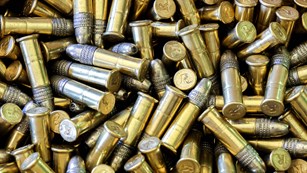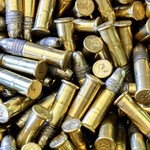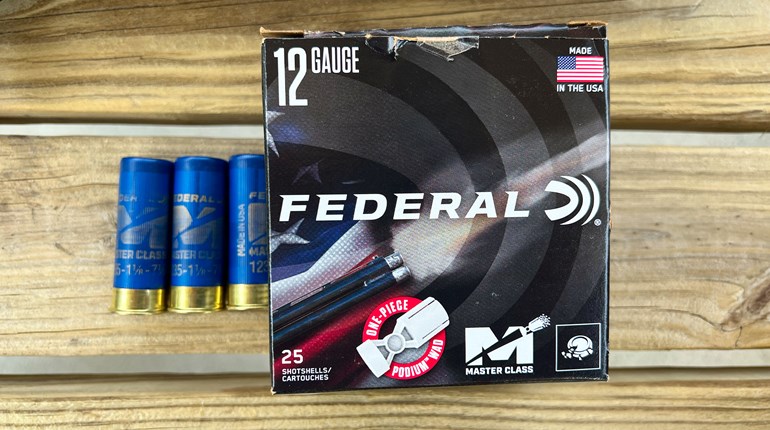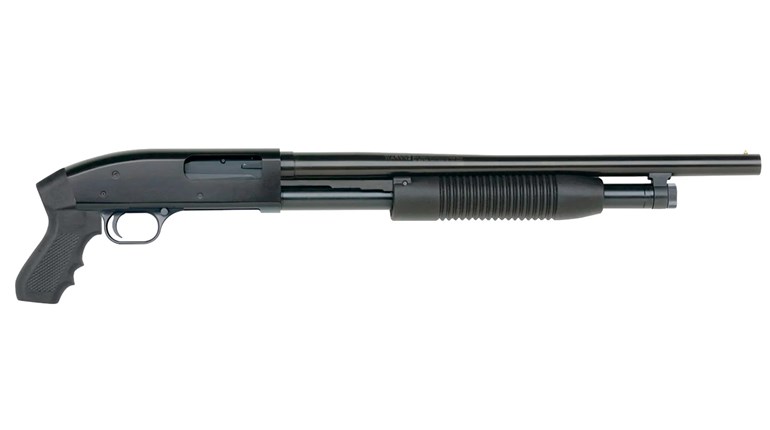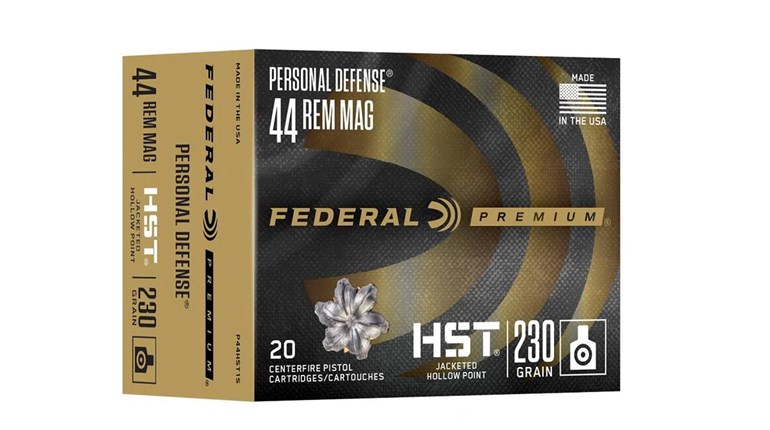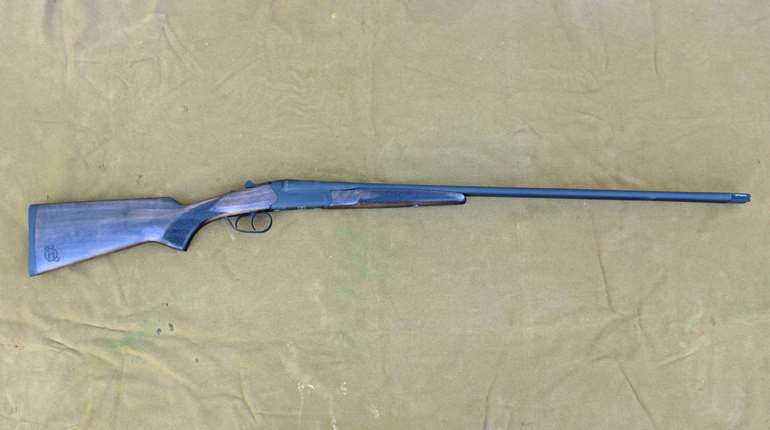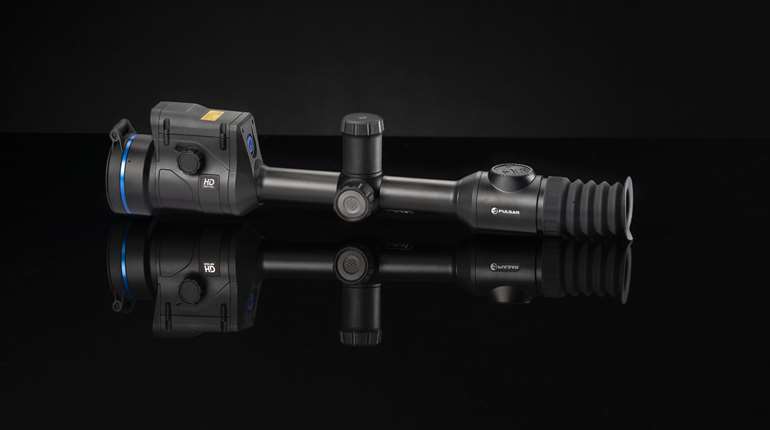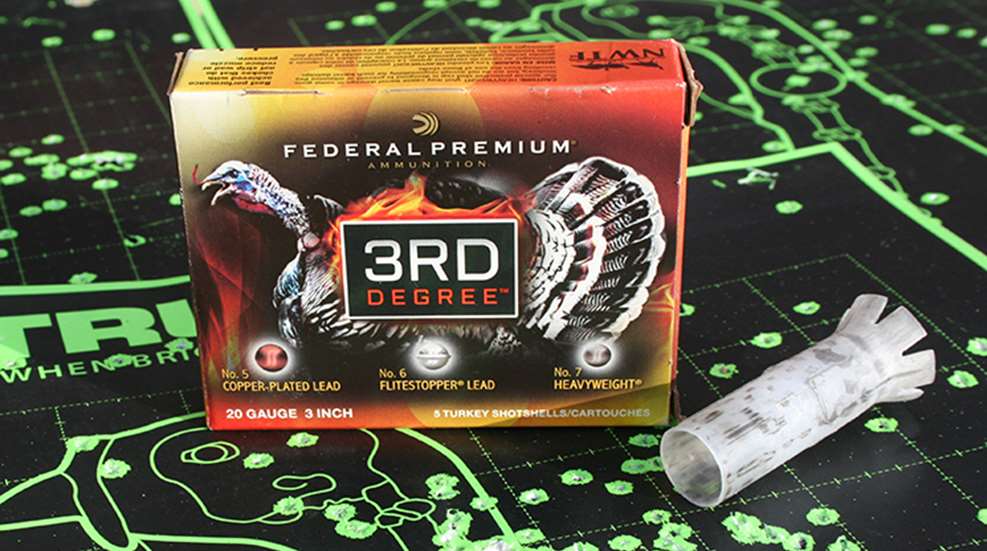
In his 1953 book Duck Hunting, author John G. MacKenty pronounced, “20 gauge, in my opinion, is definitely too small for ducks, although I must admit that I have seen experts do some wonderful duck shooting with this lady’s gun.” Given that a male blue-winged teal weighs about one pound (and females even less), Mr. MacKenty would assuredly have frowned upon using the “lady’s gun” for pursuing love-struck springtime toms that can easily weigh in excess of 20 lbs. Fortunately, time and technological advancements can change attitudes; concerning the latter, the subject of this review—Federal Premium’s new 20-gauge 3rd Degree turkey load—is sure to diminish any doubts as to the suitability of the 20 gauge for tackling tough toms.
Federal Premium broke from tradition when developing its original 3½” and 3” 12-ga. 3rd Degree loads. At a time when its competitors were preoccupied with eking out additional yardages from their gobbler-getter loads, Federal Premium’s engineers sought to remedy the turkey hunter’s close-range conundrum; that is, for the situation—for one of innumerable reasons—that the bird arrives at very close quarters before a shot can be taken. The problem results when turkey-specific loads are paired with tightly constricted chokes, the best combinations of which can produce softball-size (or significantly smaller) patterns inside of 15 yds. This leaves little margin for aiming error. Throw in a surge of adrenaline, a trigger jerk, and a turkey’s constantly moving head and it’s a recipe for a miss.
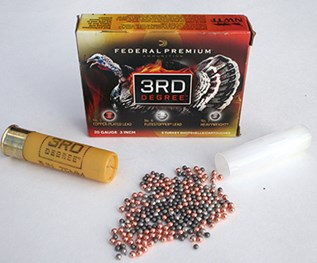 Smartly, Federal Premium surveyed its own product lines for a resolution to the close-quarters dilemma. The company found it in its wildly successful Black Cloud FS waterfowl and Prairie Storm pheasant ammunition. In addition to 60-percent standard, round steel pellets, Black Cloud’s payload features 40-percent FlightStopper (FS) steel shot, each of which has a trauma-enhancing band circumventing the pellet’s midsection. These purposely misshapen pellets naturally migrate to fill in the fringe of the pattern, too. Combine this bad-news blend with the FLITECONTROL wad and the results are spectacular; in fact, its terminal performance was so good the company utilized a similar formula in creating its Prairie Storm pheasant loads. Instead of steel shot, though, round, copper-plated lead pellets were teamed with nickel-plated, banded FS lead in a 70/30 ratio. Once again, the renowned FLITECONTROL wad was utilized.
Smartly, Federal Premium surveyed its own product lines for a resolution to the close-quarters dilemma. The company found it in its wildly successful Black Cloud FS waterfowl and Prairie Storm pheasant ammunition. In addition to 60-percent standard, round steel pellets, Black Cloud’s payload features 40-percent FlightStopper (FS) steel shot, each of which has a trauma-enhancing band circumventing the pellet’s midsection. These purposely misshapen pellets naturally migrate to fill in the fringe of the pattern, too. Combine this bad-news blend with the FLITECONTROL wad and the results are spectacular; in fact, its terminal performance was so good the company utilized a similar formula in creating its Prairie Storm pheasant loads. Instead of steel shot, though, round, copper-plated lead pellets were teamed with nickel-plated, banded FS lead in a 70/30 ratio. Once again, the renowned FLITECONTROL wad was utilized.
For 3rd Degree, though, Federal uses a three-stage payload. Residing in the back of the FLITECONTROL wad and accounting for 40 percent of the shot charge is tungsten-based No. 7 HEAVYWEIGHT. Because of its 15-gr./cc density and hardness (due to its high tungsten content), the pellets improve the pattern’s core and energy at extended range. Situated forward of the HEAVYWEIGHT No. 7s is found copper-plated No. 5s—most turkey hunter’s go-to pellets. Also totaling 40 percent of the payload, the pellets boost the load’s mid-range performance. The remaining 20 percent of the shot charge consists of nickel-plated No. 6 FS lead shot. Due these pellets’ metallic composition, which causes them to deform during setback and while traversing the choke, and irregular starting shape, they quickly migrate outward to fill the fringe of the pattern. These FS lead pellets give 3rd Degree the advantage at close range. In the 3”, 20-ga. 3rd Degree load there’s 1 7/16 ozs. of shot. and approximately 280 pellets in total.
As for the FLITECONTROL wad, it utilizes an unconventional rear-braking design that promotes tight, long-range patterns. Unlike traditional-type wads, which have petals that “bloom” or fold back upon themselves immediately after exiting the muzzle to slow forward momentum and release the pellets (oftentimes agitating the pellets in the process), the FLITECONTROL has three mid-body and six base petals that deploy to slow its forward movement. This enables to wad to stay with the payload longer and produce a cleaner release of the shot. Because of its unique action, however, it’s not suggested that loads using FLITECONTROL wads be used through chokes that strip (slow) the wad or reduce muzzle pressure. Typically, chokes with less constriction perform better with said loads.
Evaluation of the 20-ga. 3rd Degree began at extended range. During previous testing, I’ve found the maximum effective distance for many 20-ga. turkey loads on the market to be around 30 yds., with a select few giving good performance consistently to 35 yds. and beyond. Thus, I began the patterning process at 35 yds. As for the firearm, I selected a 22”-barreled Weatherby SA-459 and two separate chokes: a flush-fitting Carlson’s improved-modified (0.595”) and a Pure Gold (0.570”) “turkey” model.
When paired with the former choke, at 35 yds. 86 pellets landed inside of a 10” circle surrounding the point of aim (POA), with 21” striking within the outlined turkey figure. Seven of the pellets made direct hits with the vitals (brain and spine). Moving back to 40 yds., 70 pellets engulfed the 10” circle, but only 15 of them struck inside of the gobbler silhouette. Four of those pellets made direct contact with the brain and spine. Being inquisitive, I also tested it at 45 yds. At that distance, 37 shot impacted inside of the 10” circle, and 12 of those within the turkey silhouette. Only two pellets had full contact with the spine and one grazed the brain—too few hits for an ethical shot.
Using the Pure Gold choke, 84 pellets struck within a 10” circle at 35 yds., and 20 of them fell within the turkey silhouette. Ten of these struck the outlined brain and spine. At 40 yds., 50 pellets impacted within the 10” circle and 12 inside of the gobbler silhouette. Seven impacted the brain and spine.
Based upon the aforementioned results, 3rd Degree makes the 20 gauge a legitimate 35-yd. turkey gun and, when paired with the proper gun/choke combination (especially topped with an optic), 40-yd. capable. But, I would suggest 35 yds. as being the maximum shot distance for most hunters; at that range, 3rd Degree consistently delivers gobbler-grounding patterns.
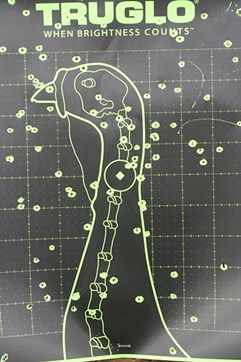 Just as important as the long-range reach of 20-ga. 3rd Degree load is its close-quarters capabilities. As such, I patterned the loads through both choke tubes at 15 yds. Obviously there are ample pellets to kill a gobbler at that distance with a direct hit; however, I wanted to see the width of the pattern for instances when the pattern’s core misses right or left due to an aiming error. Having previously compared standard 12-ga. turkey loads and 3rd Degree at 10 yds., I knew that it offered an enlarged fringe. But, the 20-ga. offering surprised me. When the Carlson’s IM choke, although the pattern core struck on the right half of the turkey’s neck, there was ample coverage on the entire 12”-wide target that a gobbler couldn’t escape. Similarly, through the Pure Gold choke tube 3rd Degree’s coverage spanned nearly the entire width of the target, leaving considerable margin for aiming error and yet still scoring.
Just as important as the long-range reach of 20-ga. 3rd Degree load is its close-quarters capabilities. As such, I patterned the loads through both choke tubes at 15 yds. Obviously there are ample pellets to kill a gobbler at that distance with a direct hit; however, I wanted to see the width of the pattern for instances when the pattern’s core misses right or left due to an aiming error. Having previously compared standard 12-ga. turkey loads and 3rd Degree at 10 yds., I knew that it offered an enlarged fringe. But, the 20-ga. offering surprised me. When the Carlson’s IM choke, although the pattern core struck on the right half of the turkey’s neck, there was ample coverage on the entire 12”-wide target that a gobbler couldn’t escape. Similarly, through the Pure Gold choke tube 3rd Degree’s coverage spanned nearly the entire width of the target, leaving considerable margin for aiming error and yet still scoring.
With patterning completed, I chrongraphed the load. According to factory specifications, the round attains 1,100 f.p.s. Even at that velocity the round is subsonic; however, the Competition Electronics Digital Chronograph revealed that, for five consecutive shots, the velocity averaged 1,026 f.p.s. and had a standard deviation of 22.
Besides the aforementioned testing, I can attest to the effectiveness of 3rd Degree because last year I scored on my weightiest Virginia gobbler to-date at 7 yds. using the 3½” 12-ga. version of 3rd Degree. The hard-earned bird unexpectedly went on full alert just before reaching the Hazel Creek decoy, where my shotgun was trained for the shot. I shifted the gun, aimed, and fired in one fluid motion. Though the core of the pattern missed its mark the fringe didn’t, and that’s what brought the bird to bag. With 3rd Degree it’s not all or nothing.
After spending time on the range with Federal Premium’s 20-ga. 3rd Degree load, I am connived that it’s easily among the best 20-ga. options for scoring on “hung-up” gobblers, and far better than others that I’ve tested previously for those instances in which a bird cuts the distance too fast or appears close unexpectedly. Best of all, it also proves the true capability of the supposed “lady’s gun.”
Five-count boxes of 3”, 20-ga. 3rd Degree retail for $21.95.




